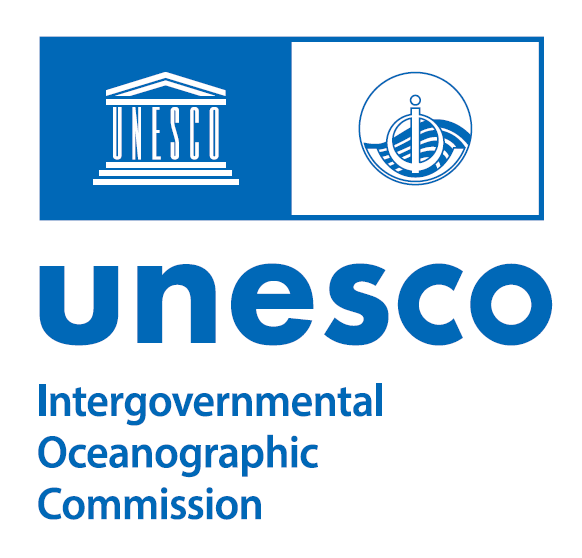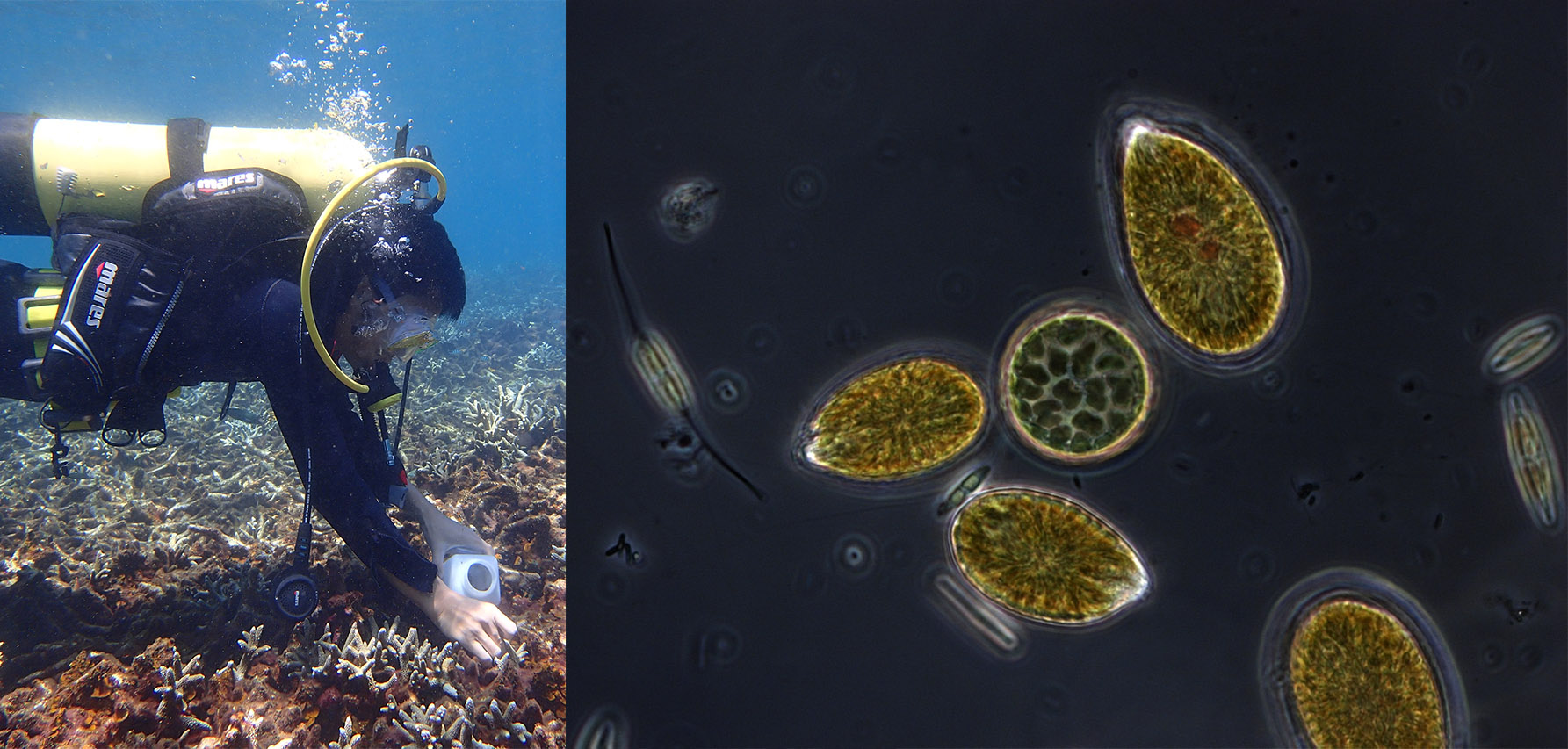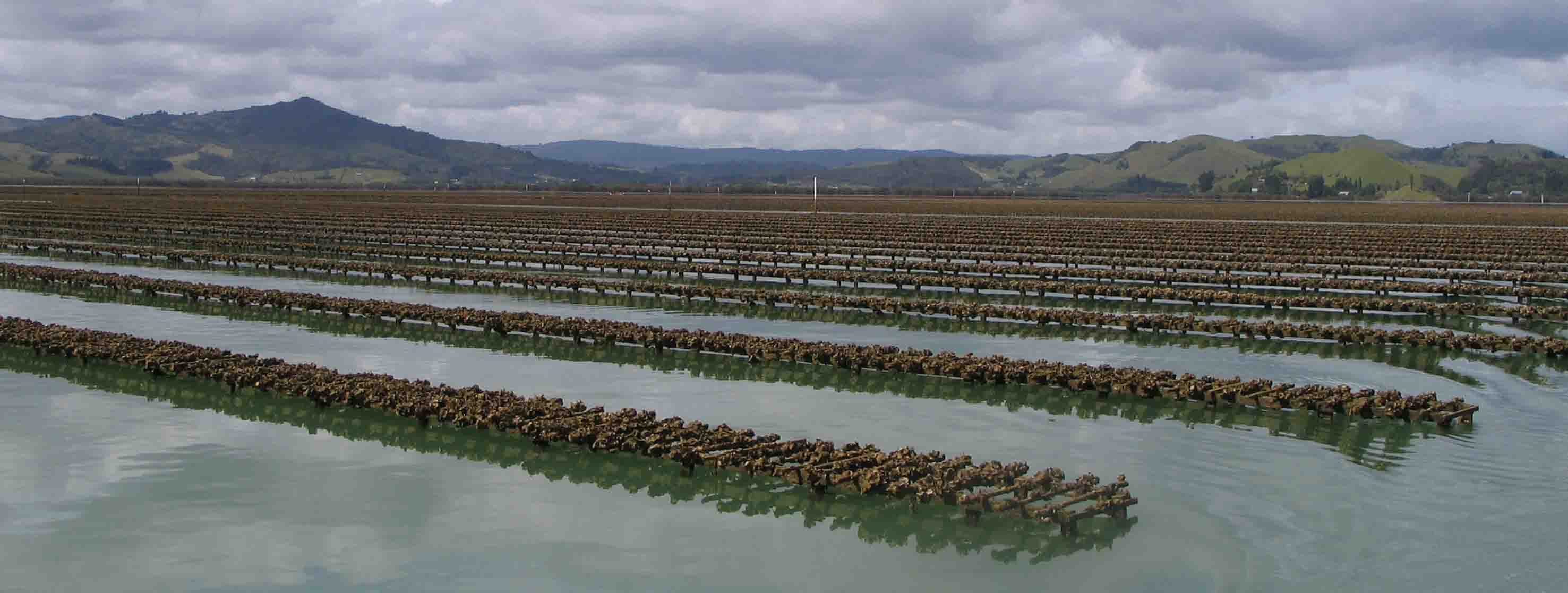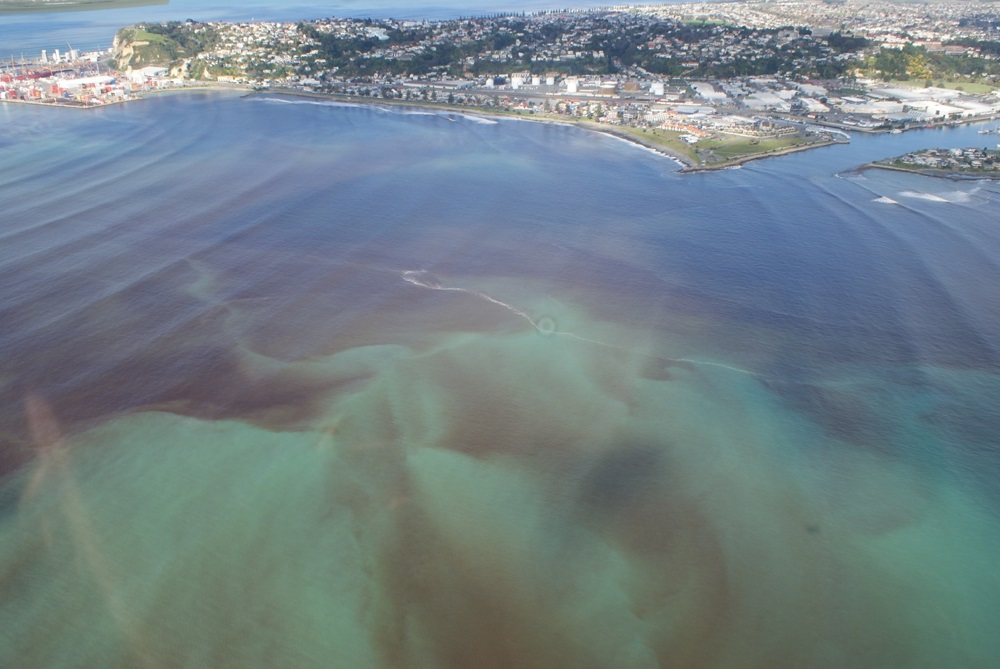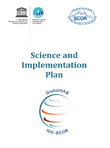PROJECT TITLE: RolEof Mixing on phytoplankton bloom initiation, maintenance and DIssipation in the Galician RíaS
Acronym: REMEDIOS
Timeframe:December 2016-December 2020
Web site: http://proyectoremedios.com/inicio/
Facebook: https://www.facebook.com/proyectoremedios/
Youtube: https://www.youtube.com/channel/UC162f6Jwo-se53gwLxCxvew
Principal Investigator: Beatriz Mouriño-Carballido
Address: Edificio Torre CACTI, Planta1ª, Laboratorio 100. Campus de Vigo. Universidade de Vigo, 36310 Vigo, Spain
Phone: +34-986-818788
Email: This email address is being protected from spambots. You need JavaScript enabled to view it.
Participants: Universidad de Vigo (Spain), Instituto Español de Oceanografía (Spain), Instituto de Investigaciones Marinas-CSIC (Spain), Ifremer, Brest (France), University of Southampton (United Kingdom), SCRIPPS (USA), Linnaeus University (Swedden)
Project summary: High phytoplankton biomass is produced in the Galician Rías (NW Spain) due to fertilization by coastalupwelling and is responsible for the production of ∼250000 t year-1of Mediterranen mussels (Mytilusgalloprovincialis). Mussel aquaculture in Galicia represents 95% of the Spanish and 50% of the European mussel production, respectively. This successful industry is jeopardized every year by toxic phytoplankton blooms. Turbulent mixing is a key process as it controls water renewal time, which in turns determines the rate of exchange of nutrients, organisms and pollutants in the water column. Our current knowledge states that phytoplankton blooms occur when mixing provides the right levels of light and nutrients. However, due to methodological limitations, only very recently we have been able to quantify turbulence in the field. One of the most fascinating implications of this progress is the possibility to revisit classic models of phytoplankton ecology.
In 1953 Sverdrup proposed a simple conservation mass model, which used the depth of the mixed layer to predict the onset of the North Atlantic spring bloom. This model assumed a thoroughly mixed layer where turbulence was strong enough to distribute the phytoplankton cells evenly through the layer. Following trials, either to verify this hypothesis or to use its theoretical background, have generally forgotten this assumption and used the mixed-layer, defined as a layer homogenous in density, as the equivalent of a turbulent or mixing layer. Despite evidence suggesting that vertical mixing controls the annual cycle of biomass and composition of the phytoplankton community in the Galician Rías (NW Spain), its importance has been inferred from hydrographic conditions. So far, a specific study relating mixing and phytoplankton bloom formation is lacking. We propose to use the theoretical framework of the Sverdrup hypothesis to investigate phytoplankton bloom initiation, maintenance and dissipation in NW Spain. Special attention will be devoted to blooms of species from the genera Dinophysisand Pseudo-nitzschia, responsible for lengthy shellfish harvesting closures due to accumulation of diarrhetic (DSP) and amnesic (ASP) shellfish poisoning toxins, respectively, above regulatory levels. Previous studies in this region and in other areas in Western Europe indicate that these species frequently aggregate in “thin layers”. These layers, less than five meters thick and up to several km in horizontal extension, have important implications for the management of mollusc shellfish safety. Despite their socio-economic impact, the frequency of occurrence of thin layers of phytoplankton in the Galician Rías, and the role of mixing conditions in their formation and persistence remains unknown.
REMEDIOS has a multidisciplinar project combining the expertise of different Galician and international (French and US) collaborations:
- Field observations of physical (including microstructure turbulence, cooperation with University of Southampton), chemical and biological variables (including nutrients uptake rates, cooperation with IFREMER; DNA RNA sequencing, Linnaeus University) in the Galician Rías and adjacent shelf using high vertical resolution instruments (including the IFREMER Fine Scale Sampler);
- Time series analysis of data collected by monitoring programs
- Empirical and numerical modeling (cooperation with SCRIPPS)
The main goal ofinvestigating the role of mixing in phytoplankton bloom formation in the Galician Rías will be pursued through the following specific objectives:
- Objective 1: Describing theseasonal variability in the sources of turbulence and mixing magnitude;
- Objective 2: Investigating the role of mixing on resource availability and phytoplankton bloom initiation, maintenance and dissipation;
- Objective3: Describing the frequency and spatial distribution of thin layers of phytoplankton (TLP), and
- Objective 4:Investigating the mechanisms responsible for the formation of TLP.

Microstructure Turbulence Profiler deployed from the Research Vessel Krakhen (UVIGO) at the Ría de Vigo during the REMEDIOS-seasonal study (April 2017)
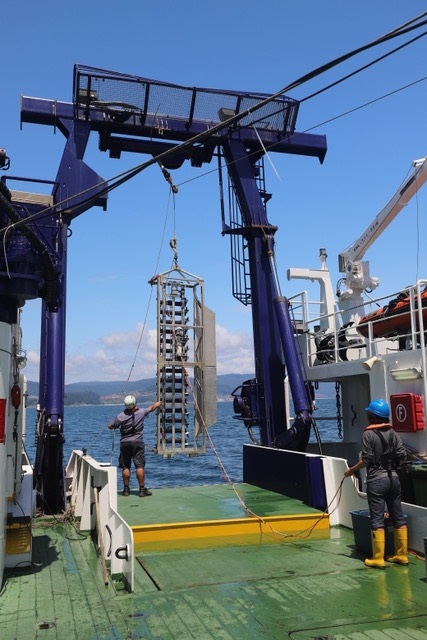
IFREMER Fine-Scale Sampler deployed from the Research Vessel Margalef (IEO)
at the Ría de Pontevedra during the REMEDIOS-TLP cruise (July 2018).

